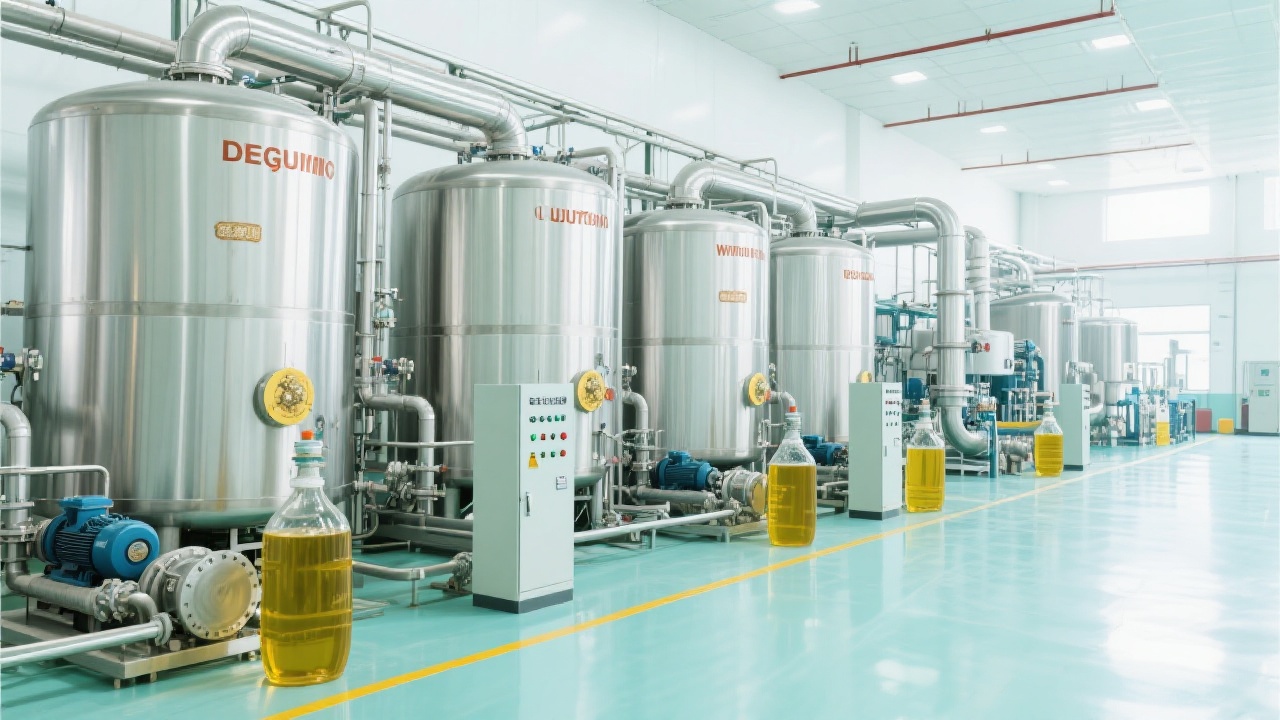
For processors aiming to elevate soybean oil quality and efficiency, understanding the full refining chain—from de-gumming to deodorization—is not just beneficial—it’s essential. With global demand for clean-label edible oils rising (CAGR of 4.8% through 2030, per Grand View Research), mastering these stages ensures both compliance with international standards and a competitive edge in B2B markets.
The first critical step involves removing gums—primarily phosphatides—that cause cloudiness and instability. Using water or citric acid-based methods, this process typically reduces free fatty acids by 30–50%, depending on feedstock quality. For small-scale producers (<5 tons/day), batch-type centrifuges are cost-effective; larger facilities (>20 tons/day) benefit from continuous countercurrent washers, which improve yield retention up to 97% vs. 92% in traditional setups.
| Equipment Type | Best For | Key Performance Metric |
|---|---|---|
| Batch Centrifuge | Small to mid-scale operations | Oil recovery rate ≥92% |
| Continuous Washer | High-volume plants | Energy savings up to 15% vs. batch |
This stage neutralizes free fatty acids using caustic soda (NaOH). The ideal pH range is 4.2–4.5—not too low (risk of soap stock carryover), not too high (risk of saponification). In practice, maintaining precise temperature control (60–65°C) improves separation efficiency by up to 20%. Real-world case studies show that inconsistent pH management leads to 10–15% higher soap stock loss, directly impacting profit margins.

Bleaching clays like activated fuller’s earth remove pigments and trace metals. Optimal conditions include 100–110°C under vacuum (0.05–0.1 MPa). Proper clay dosage (0.5–1.5% of oil weight) can reduce peroxide value from 10 meq/kg to below 2 meq/kg—a key metric for shelf life. Notably, improper drying of bleached oil before storage may lead to microbial growth in packaging lines, especially in tropical climates.
Using steam stripping at 220–250°C under high vacuum (0.01–0.02 mbar), this final step removes volatile compounds responsible for rancidity. Efficient systems recover over 95% of steam energy via heat exchangers—an eco-friendly move that cuts operating costs by ~$15,000 annually in a 10-ton/day facility. Industry benchmarks suggest that failing to monitor distillation time (typically 45–90 minutes) results in either incomplete odor removal or excessive thermal degradation.
Whether you're optimizing an existing plant or designing a new one, integrating smart monitoring tools (like real-time pH sensors and automated clay dosing) can boost throughput while reducing human error. These upgrades aren’t just technical—they’re strategic investments in brand trust and export readiness.
Download Our Free Refining Process Checklist for Export-Ready Oil Plants

